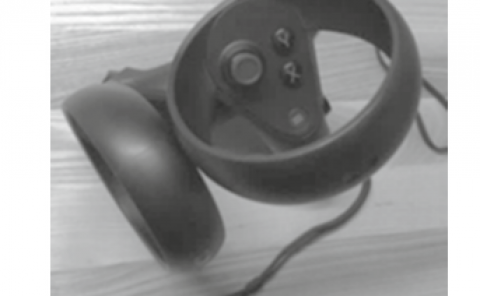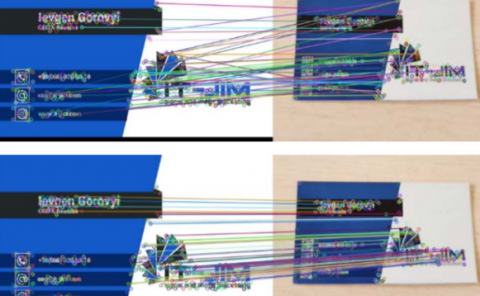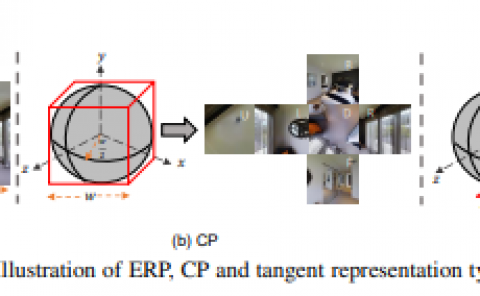Effects of Visual Feedback on Out-of-Body Illusory Tactile Sensation When Interacting With Augmented Virtual Objects
PubDate: Feb 2017
Teams: Korea University
Writers: Jaedong Lee ; Youngsun Kim ; Gerard Jounghyun Kim

Abstract
Funneling and saltation are the two major illusory feedback techniques employed by vibrotactile feedback. They elicit the sensation of a vibrotactile stimulus outside the user’s body, originating from an externally held object that visually extends the body. This paper examines the synergy of associating the out-of-body illusory tactile sensation with different visual feedback to improve the user experience for interacting with the augmented virtual objects. There are two important types of visual feedback: the rendering of a “body-extending” object (that appears attached to and connecting the two fingertips to create the illusion) and “interaction” with the object itself (with which the user interacts). Two experiments were performed, for funneling and saltation, assessing the perceptual effects under four associated visual feedback conditions: with 1) no visual feedback, 2) a body-extending virtual object, 3) a virtual interaction object (rendered at the illusion target location) and 4) both the body-extending and interaction virtual objects. We hypothesized that rendering a body-extending object will maintain an important role in eliciting the illusion itself, while showing the actual interaction object will improve user performance and experience through multimodal integration. Our findings indicated that the effect of the interaction object was much stronger than that of the body extension. In the case of funneling, the visual body extension was not even necessary to elicit the out-of-body sensation. The effect of the body extension was marginal for funneling. These findings can be applied to tactile interaction design using only few actuators on a variety of media platforms including augmented content.



